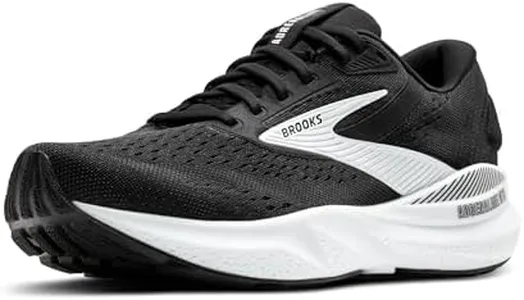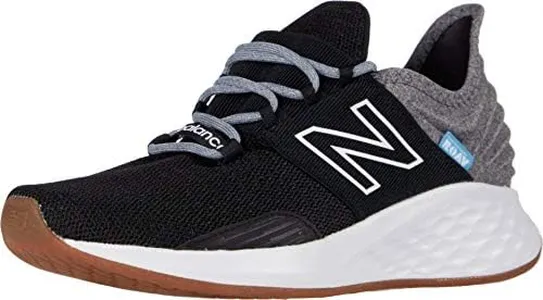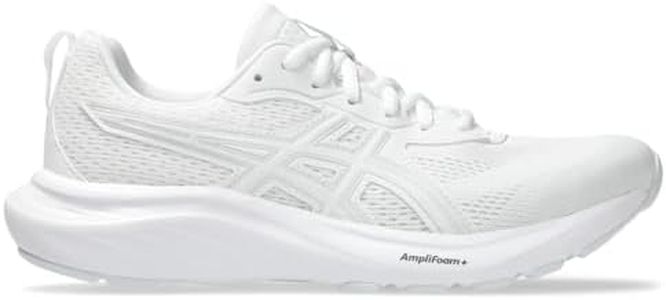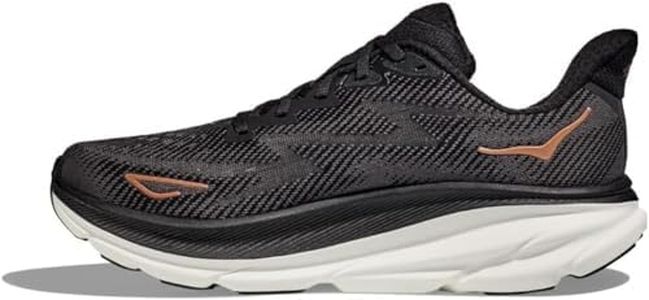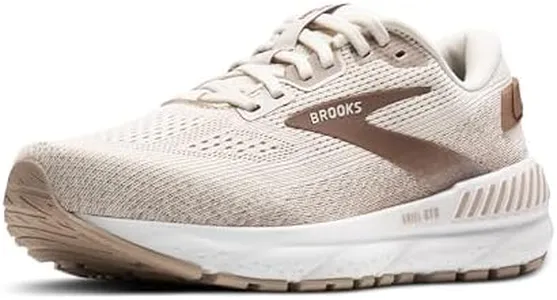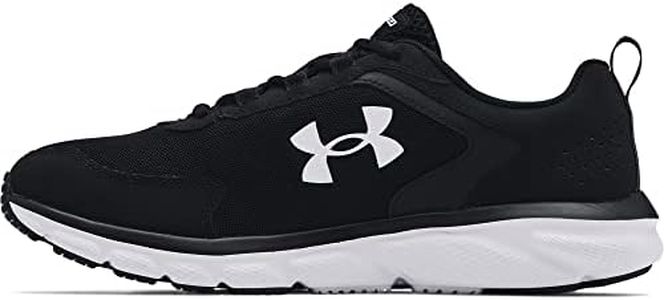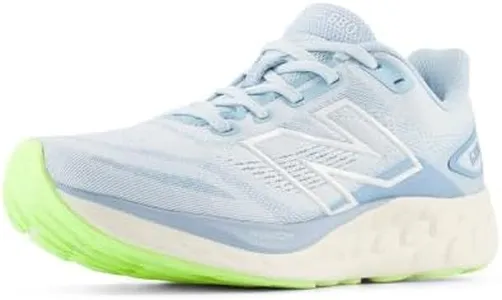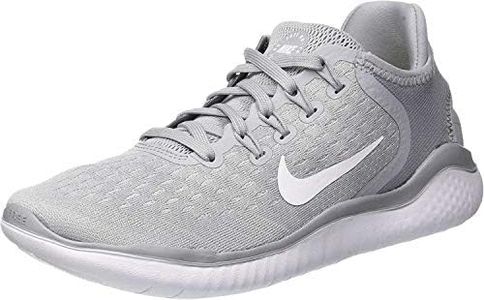We Use CookiesWe use cookies to enhance the security, performance,
functionality and for analytical and promotional activities. By continuing to browse this site you
are agreeing to our privacy policy
10 Best Women's Running Shoes
From leading brands and best sellers available on the web.Buying Guide for the Best Women's Running Shoes
Choosing the right women's running shoes is essential for comfort, injury prevention, and overall performance. The best pair will support your feet, match your running style, and suit the surfaces you run on. Before buying, think about how often you run, the distances you cover, and any foot issues you may have. Trying on shoes at the end of the day (when your feet are slightly swollen) and wearing your usual running socks can help you find the best fit.CushioningCushioning refers to the amount of padding in the sole of the shoe, which absorbs impact as you run. This is important because it affects comfort and can help reduce stress on your joints. Shoes with more cushioning are generally softer and better for long distances or runners who prefer a plush feel, while shoes with less cushioning are lighter and offer more ground feel, which some runners prefer for speed or shorter runs. If you run long distances or on hard surfaces, more cushioning might be better. If you like a more responsive, connected feel, or do a lot of speed work, less cushioning could be ideal.
Arch SupportArch support is about how the shoe supports the natural arch of your foot. This is important because the right support can help prevent pain and injuries, especially if you have flat feet or high arches. Shoes are often designed for low, medium, or high arches. If you have flat feet, look for shoes with more structured support. If you have high arches, you may need shoes with extra cushioning and flexibility. Knowing your arch type can help you pick a shoe that matches your foot’s needs.
Fit and WidthFit and width refer to how well the shoe matches the shape and size of your foot. This is crucial for comfort and to avoid blisters or pressure points. Running shoes come in different widths and shapes, so it's important to try them on and make sure there’s enough room in the toe box and that your heel doesn’t slip. If you have wide or narrow feet, look for shoes that offer those specific options. The right fit should feel snug but not tight, with about a thumb’s width of space at the front.
Heel-to-Toe DropHeel-to-toe drop is the difference in height between the heel and the toe of the shoe. This affects how your foot strikes the ground. A higher drop (8-12mm) encourages heel striking, while a lower drop (0-6mm) promotes a more natural, midfoot or forefoot strike. If you’re used to traditional running shoes, a higher drop may feel more comfortable. If you want to try a more natural running style, a lower drop could be better, but it’s best to transition slowly to avoid injury.
Outsole and TractionThe outsole is the bottom part of the shoe that touches the ground, and traction refers to how well it grips different surfaces. This is important for safety and performance, especially if you run on trails, wet roads, or uneven terrain. Shoes with deeper lugs and grippy rubber are better for trails, while smoother outsoles are fine for roads and tracks. Think about where you run most often and choose a shoe with an outsole designed for those surfaces.
BreathabilityBreathability is about how well the shoe lets air in and out, keeping your feet cool and dry. This is important for comfort, especially in warm weather or during long runs. Shoes with mesh uppers are usually more breathable, while those with more overlays or waterproofing may be less so. If you run in hot conditions or tend to sweat a lot, prioritize breathability. For wet or cold weather, you might want a shoe with less ventilation.

